A good number of photographers often come back from a trip with a nagging feeling that they did not experience the place well enough. Ask someone around you who is passionate about photography (or ask yourself) and you are usually sure to hear this. The reason is really simple – in the excitement of making the best of the time and making beautiful images, a lot of people see the world only through the camera, forgetting to experience it through the senses.
Immersing oneself in the environs and experiencing it is an important aspect of making photographs that convey a sense of being there.
Sometimes, such gaps in the experiences even show up in the photographs. Photographs made without getting wet in the experience of a place may be technically perfect, made in the best light and there may be nothing obviously wrong that can be pointed out in the outcome. Yet, they seem to miss the freshness and sense of being a part of the experience.
This is one important reason why I always tell participants in our tours/workshops not to jump out from the car with a camera and go on a clicking frenzy. Instead, I keep reiterating — sometimes like a parrot — to take time off the camera and dwell in the experience before deciding to frame a shot. Images made in such a manner help you effectively reflect the deep feelings and emotions in your mind and bring a sense of life to your photographs.
take time off the camera and dwell in the experience before deciding to frame a shot
Very often, I use this thought process into planning and designing our photography tours. Our photography tours are never made to dump some theory into your head that you go and practice in a frenzied manner throughout the tour. Instead, there is always enough time deliberately added to dwell in the surroundings, feel the silence of the forest, listen to the chants of the monks and wet your feet in the cold stream. And this is why we always tell people who want to join our tours, but not very keen on photography, to hop in and dwell in the experience. But at the end, I have seen that even those people who think photography is a secondary aspect of joining our tour come out with many strong compositions and images that surprise themselves. And for those who come with photography as primary goal, I often tell them to look around keeping there camera away, which helps them appreciate what is in front of them and capture the beauty that they may never have realized, had they spent all their time looking through the viewfinder.
Perhaps some examples are worth mentioning from our photography tour to Bhutan earlier.
Punakha Dzong, a fortress, is perhaps the most beautiful structure in all of Bhutan. It is a traditional white structure with its walls tapering upwards, full of wooden window frames in upper parts and ending with a sloping roof, dominated by three towers that hosts the temples. Flanking the perimeter of the dzong were Jacaranda trees in a purple bloom during the month we were there. The surroundings – two rivers that meet just outside the fortress and hills that rise high behind it add to the beauty. A small, covered bridge over Mo Chu River that provides access to the dzong adds a picturesque charm to the already beautiful structure. This place is a photographer’s dream come true. Yet, unless you wait for the right time and discover the right angles, you may come back with very dull and uninspiring images of the dzong. Like the one below.
Unless you give enough time for it, even a magnificent structure like Punakha Dzong may not unveil its full colours to the photographer’s eye…
On the day we were expected to spend at Punakha Dzong, we reached there in the first half of the day, fully knowing that much of the photography opportunities actually occur in the evening hours. We wandered around the dzong, taking very few photographs (if at all), watching the monks inside and gaping at the scale and beauty of the structures. We must have spent a few hours aimlessly, immersing in the place before moving on to another place, with none of us having done any significant photography. Later, at about 5pm when the sun was on his way down the hills, we returned to the dzong and comfortably settled down for a long lasting session with the camera. We spent good three hours working keenly with the camera, moving back and forth and working with a variety of lighting conditions that occur before and after sunset. We were absolutely focused this time, spending all our time photographing the exteriors bathed in golden light of the evening and not even stepping inside the dzong. At the end of the shoot, everyone in the group came back to the hotel gleaming and grinning, cameras loaded with some of the best images that anyone would have ever made of the dzong.
…but careful observation and time spent engrossed in the environment will help you unveil the best of your subjects
Similar incidences were common all through the tour. We stopped at a non-descript place one afternoon to see and photograph a bridge covered in colourful prayer flags. When one of us discovered that the waters of the river are shallow and you could sit on the rocks in the river bed with your feet dipped in water, we abandoned cameras and spent an hour playing in the water. Such moments are too precious to be sacrificed against spending every moment with the camera and yet, we made sure we put in enough time to photograph the bridge and the scenery.
All through the tour of Bhutan, we always put our favours on the quality of time spent rather than the quantity/number of places that we visited. I had consciously struck down some additional destinations we had initially included in our itinerary so that we can give sufficient time at every location we visit. We even organized picnic lunches next to a pretty river, which allowed us to amble for very long duration and hence provided that essential time for observation rather than rushed photography. At occasions, we coaxed people to take short walks instead of driving to a point, which allowed us into a glimpse of village life in Bhutan and spend time photographing outdoors instead of remaining cocooned in a vehicle.
experience plays an important role in making images that evoke a deeper sense of belonging to the location
I strongly believe that such experiences are essential for a photographer to communicate with his/her subjects and feel what he is photographing. At the end of the tour, I distinctly remember one of the participant – a beginner in photography – coming back to me and saying that the quality of images he is carrying back home far exceeded what he was hoping to make during this trip. What perhaps mattered here is a healthy combination of first hand experiences with learning and practicing photography.

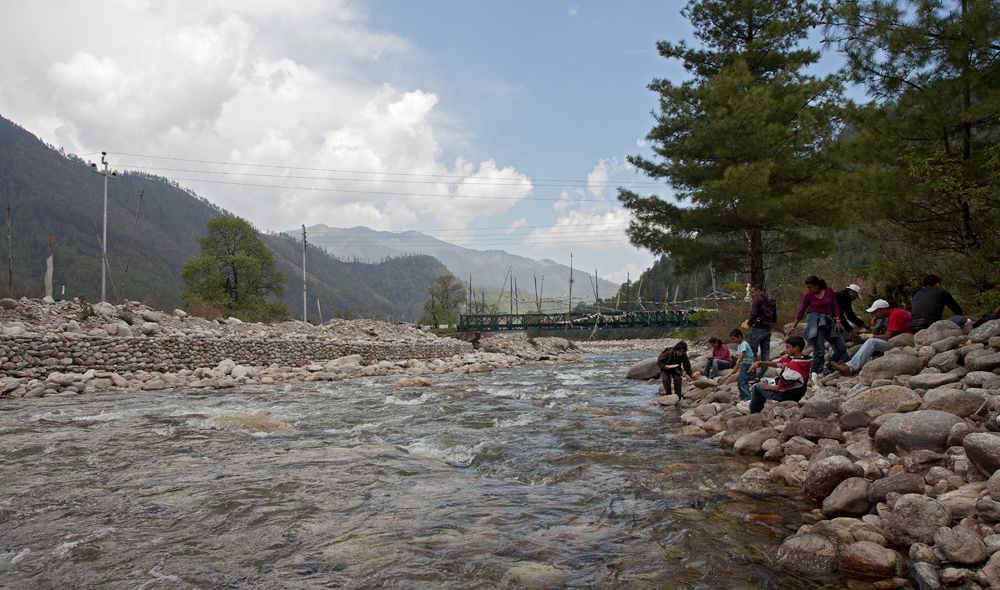
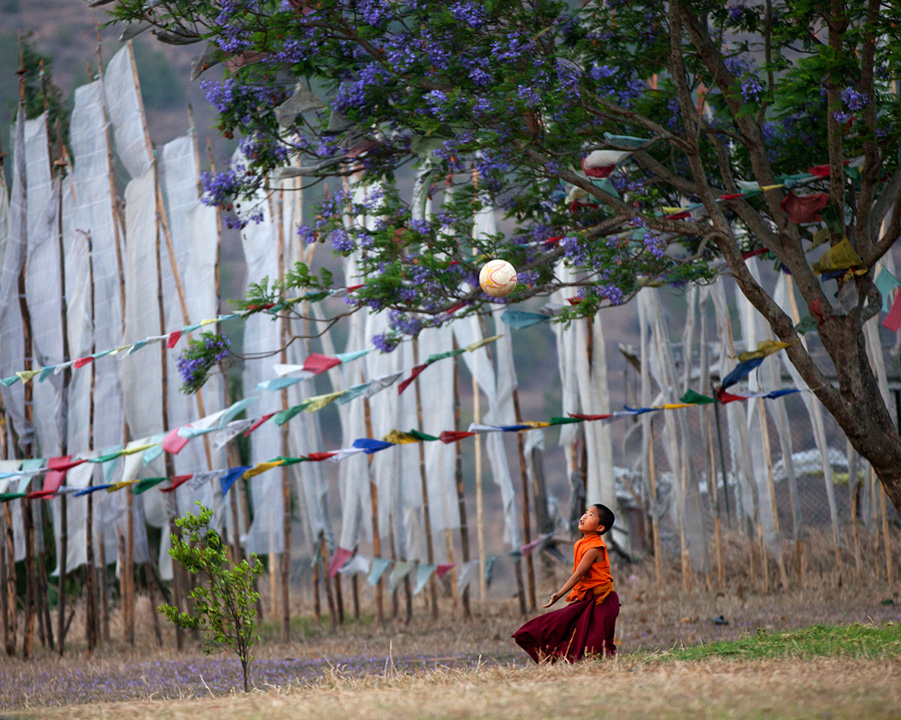
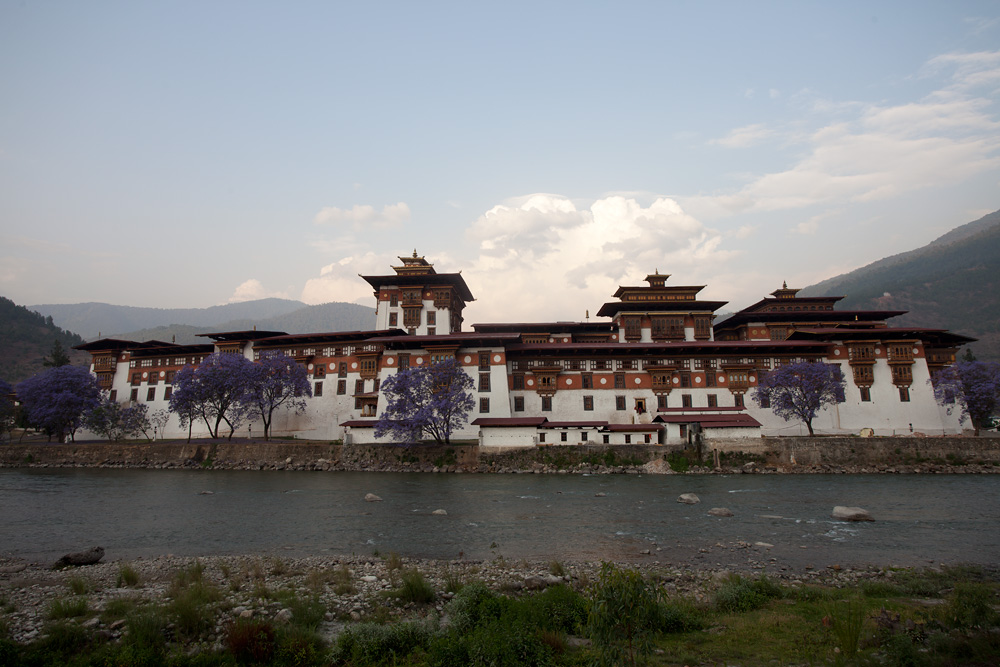
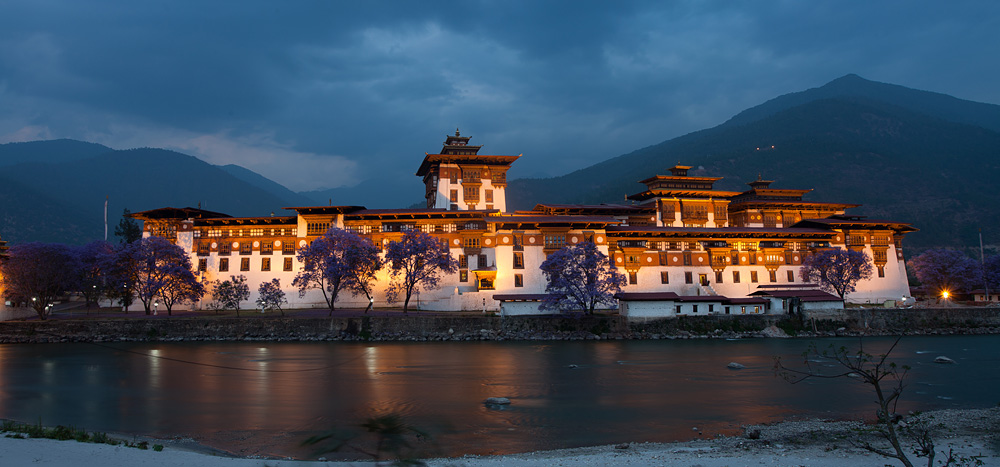
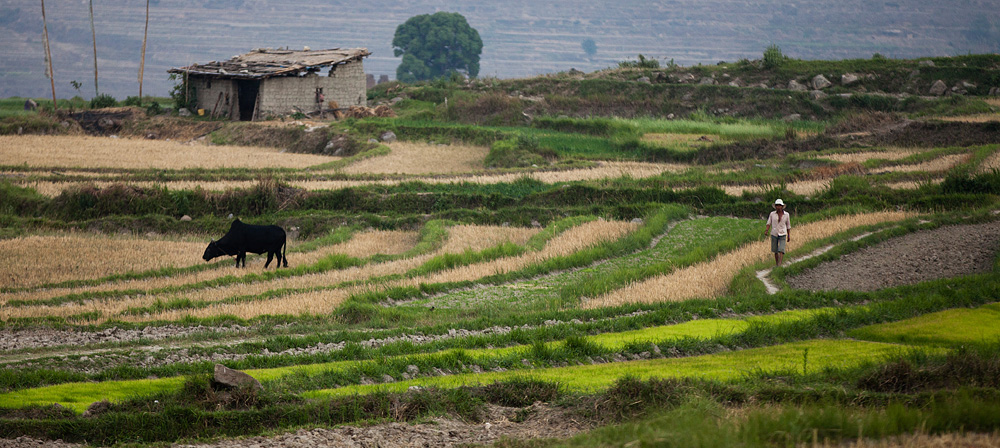
6 Comments